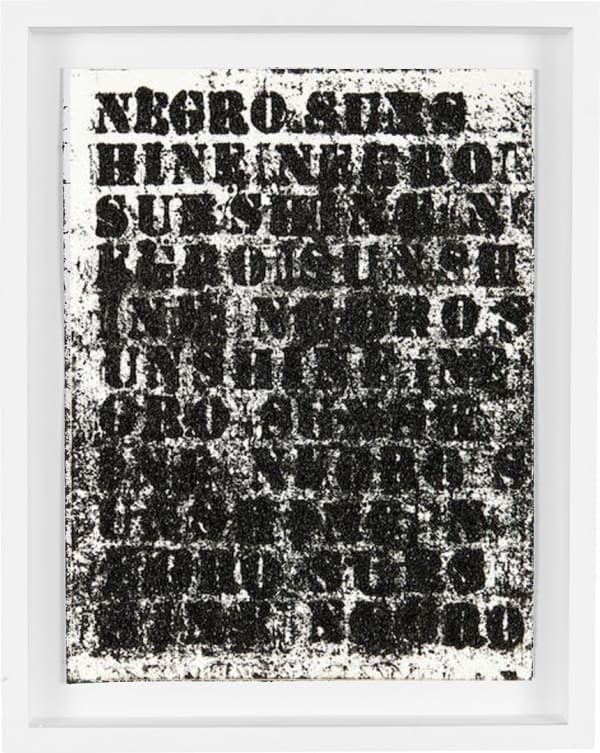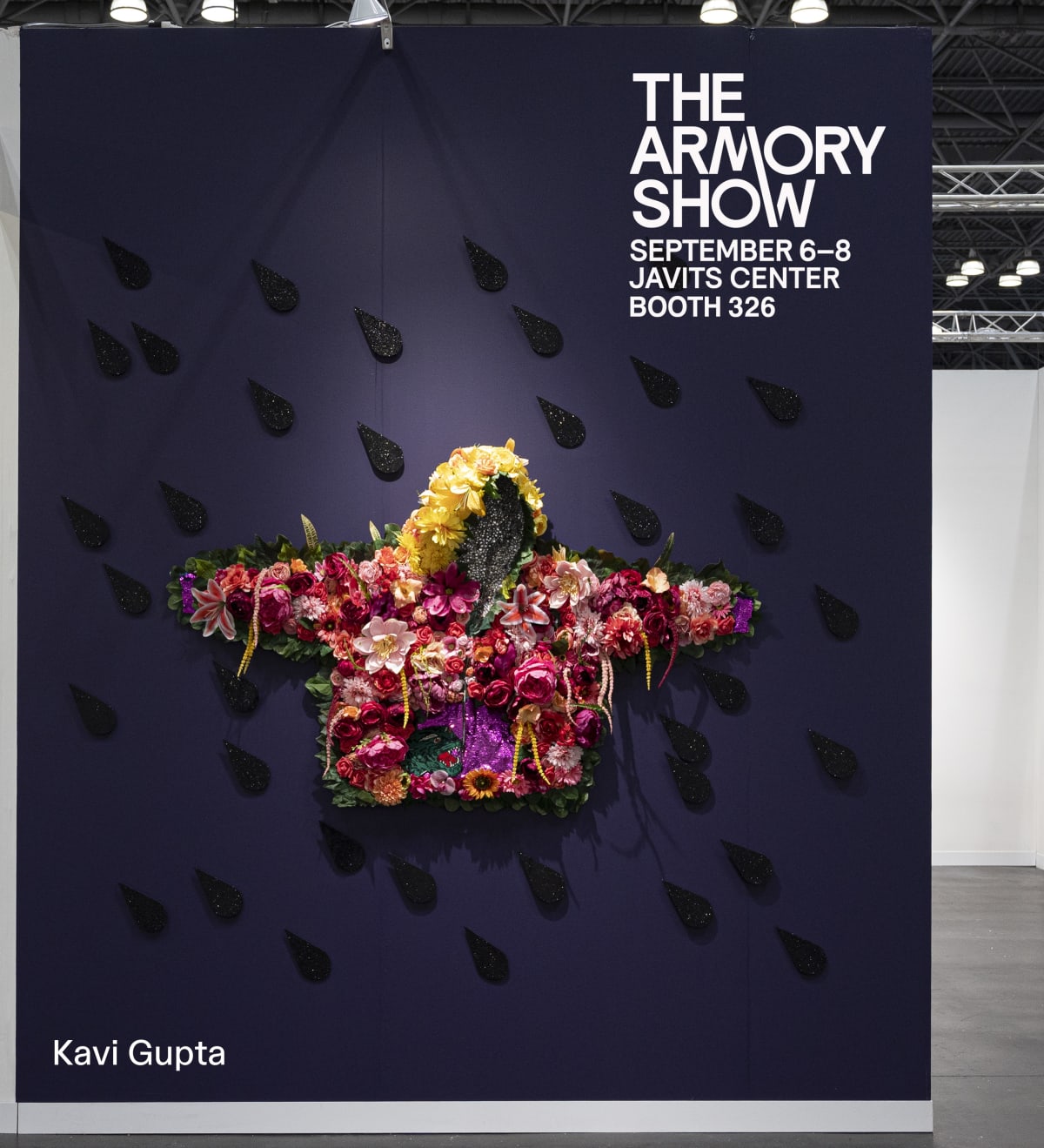Glenn Ligon USA, b. 1960
Glenn Ligon is a visual artist whose works operate simultaneously as aesthetic phenomena and objects of provocation that upend the expected relationship between viewers and art. Ligon is most well known for his text-based works, which appropriate bits of existing text from a diverse range of sources, including protest signs, and written works by authors such as Jean Genet, Zora Neale Hurston, Gertrude Stein, and Richard Pryor. Layering the words so heavily that the letters and words become like intense visual echoes, it is as if Ligon is creating something that demands to be read, while at the same time corrupting legibility.
Ligon’s work is rooted in an examination of Black identity within the context of American history, literature, and society. It builds critically on the legacies of modern painting and conceptual art. Ligon’s works go beyond an engagement with individuals and objects; they invite viewers to question the entire system of culture of which they are part, elegantly suggesting that the modes and structures and systems we are used to are mutable, thus raising the question of whether and how we want them to change.
In 2011 the Whitney Museum of American Art held a mid-career retrospective of Ligon's work, Glenn Ligon: America, organized by Scott Rothkopf, that traveled nationally. Important shows include Glenn Ligon: Encounters and Collisions (2015), a curatorial project organized with Nottingham Contemporary and Tate Liverpool; and Blue Black (2017), an exhibition Ligon curated at the Pulitzer Arts Foundation in St. Louis, inspired by the site-specific Ellsworth Kelly wall. Ligon has also been the subject of solo museum exhibitions at the Camden Arts Centre in London, the Power Plant in Toronto, the Walker Art Center in Minneapolis, and the Studio Museum in Harlem, among others. His work has been included in major international exhibitions, including the Venice Biennale (2015 and 1997), Berlin Biennale (2014), Istanbul Biennial (2011), Documenta XI (2002), and Gwangju Biennale (2000).
-
 Glenn LigonStudy for Negro Sunshine II, #36, 2011Oil Stick and gesso on paper12 x 9 in
Glenn LigonStudy for Negro Sunshine II, #36, 2011Oil Stick and gesso on paper12 x 9 in
30.5 x 22.9 cm -
 Glenn LigonStudy for Negro Sunshine II, #76, 2011Oilstick, coal dust and gesso on paper12 x 9 x 2 in
Glenn LigonStudy for Negro Sunshine II, #76, 2011Oilstick, coal dust and gesso on paper12 x 9 x 2 in
30.5 x 22.9 x 5.1 cm -
 Glenn LigonUntitled (Rodney King), 1994Oil stick, pencil, and ink15 1/2 x 63 inches
Glenn LigonUntitled (Rodney King), 1994Oil stick, pencil, and ink15 1/2 x 63 inches
-
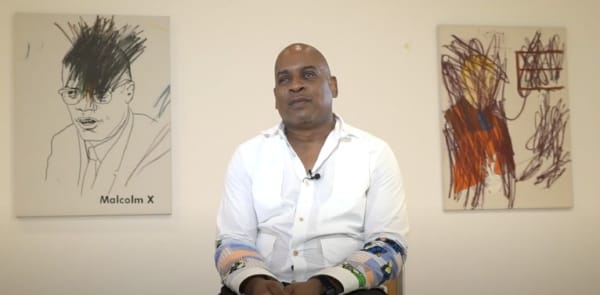
Glenn Ligon : Post-Noir | Exposition Carré d'Art - Musée, Nîmes | 2022
July 8, 2022Read more -
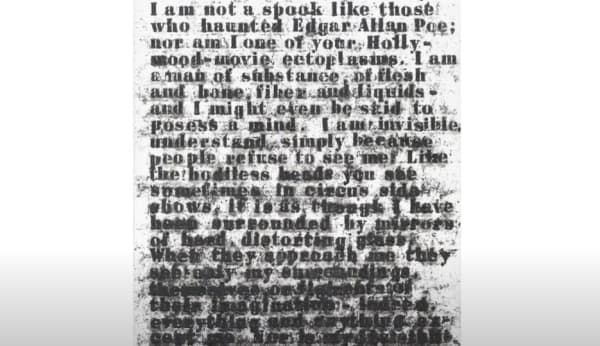
CAM Access | Untitled (I am an Invisible Man) by Glenn Ligon
October 7, 2021Read more -
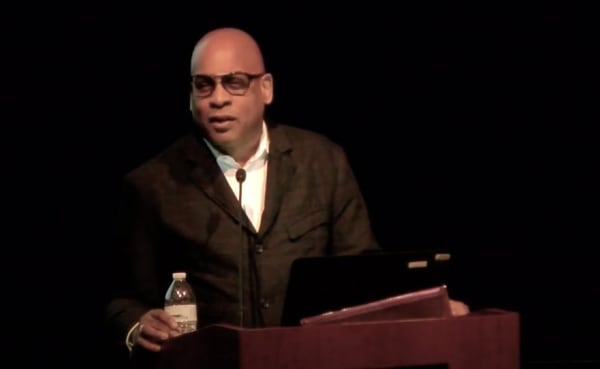
Virginia Museum of Fine Arts: Artist Talk: Glenn Ligon
March 5, 2019Read more -

Glenn Ligon: AMERICA
October 21, 2011Read more
-

Lorna Simpson and Glenn Ligon on Finding Meaning as You’re Making It
By Interview, Photographed by Marquale Ashley, Interview, December 6, 2021 -

‘Artists Imagine That Museums Are Brave—They’re Not’: Glenn Ligon on His New Show, Philip Guston, and How Institutions C
Kate Brown, artnet news, November 18, 2021 -

GLENN LIGON
Megan O’Grady , New York Times, October 16, 2021 -

A brush with... Glenn Ligon
Hosted by Ben Luke. Produced by Julia Michalska, David Clack and Aimee Dawson. With Henrietta Bentall and Kabir Jhala, The Art Newspaper, August 18, 2021


